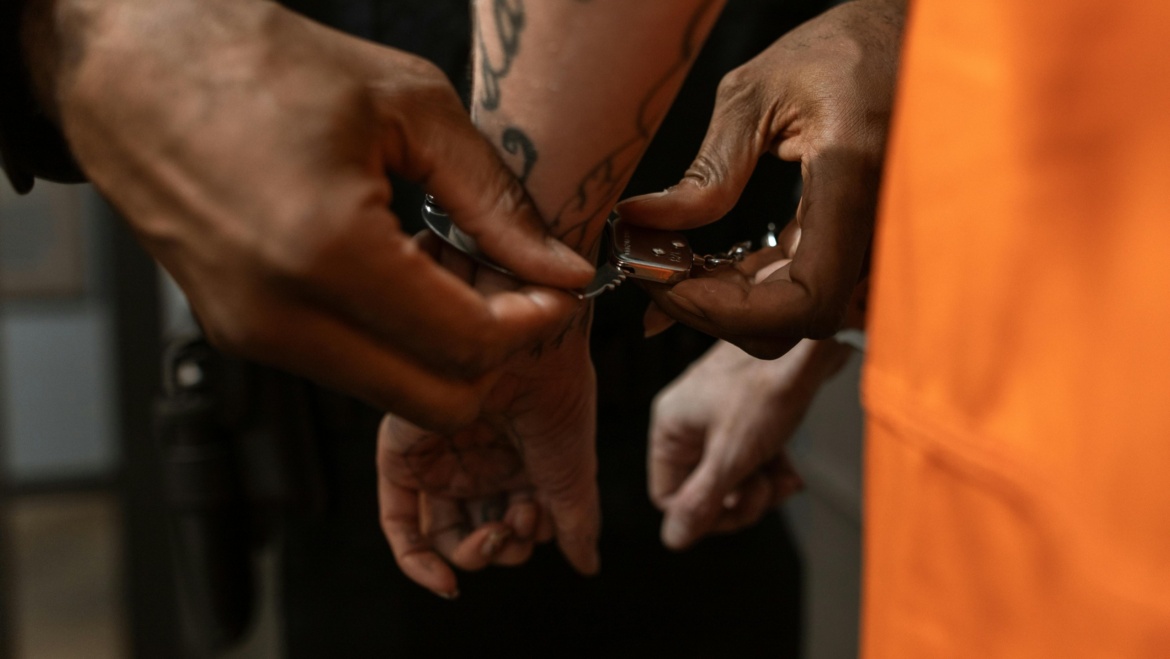How Does the Youth Criminal Justice Act Protect Youth Offenders
After looking at the relationship between youth, poverty and criminality, you can see that youth offenders are defined differently than other youth.
In the depiction of Tyler’s story, he faced many challenges that negatively impacted his life growing up. This stemmed from a single parent family structure that did not have access to basic socio-economic needs and being abused by his criminal father. These factors caused him to fall into the foster care system, becoming involved with a delinquent group of youth in high school, and increased criminal activity.
These family structures are not uncommon here in Canada. These families do not have access to educational resources to deter them from criminal activity. Instead these youths are under privileged and do not have access to basic needs due to their poverty status.
But for a youth, like Tyler, that started displaying acts of criminal activity at the age of 12, how were his rights upheld when he came in contact with police, other forms of law enforcement, and the criminal justice system?
Why Was The Youth Criminal Justice Act Created?
The YCJA was created in 2003 which preceded the Juvenile Delinquent Act that existed in 1908 to 1984 and the Youth Offenders Act of 1984 to 2003.
As outlined in the YCJA, youth are defined as individuals between the ages of 12 to 17 years old.
There is an overall belief that youths need to be protected more from the harshness of the criminal justice system and should be deterred from committing further criminal activity.
Five main reasons for creating the YCJA in 2003 were:
- Reduce the use of the court system for less serious crimes
- Reduce the use of detention or incarceration for less serious crimes
- Equal treatment and sentencing for all youth regardless of socio-economic background
- Creation of effective programs of reintegration once released from custody
- Victims of youth offender actions are recognized
What Does the Youth Criminal Justice Act Do?
The main principle of the YCJA is to protect the fundamental rights of youths that come into contact with police, different types of law enforcement, and the Canadian Criminal Justice System.
The six main rights that are outlined in the YCJA are:
- Addressing societal concerns for developing youth
- Working with family structure in preventing further crimes committed by youth
- Alternate / Extrajudicial Measures or Restorative Justice practices for first-time and non-violent offenders
- Upholding accountability and addressing the wrong doings against victims
- Protecting the privacy of youths under the age of 17 years of age
- Keeping youths separate and charged differently from adults (18 years of age and older)
The YCJA also addresses:
- Pre-trial detention
- Sentencing
- Youths transferred to adult court
- Custody and/or reintegration back into society
- Impact on victims affected
Why is the Youth Criminal Justice Act Important for Youth Offenders?
As outlined above, the YCJA was created to help youth that have fallen into a pattern of criminal activity and have been caught.
But instead of falling further into the criminal justice system, the Canadian government has created this act to protect youth instead of criminalizing them. Meaning that these youth are given a second chance. This is due to not being given a chance, which was caused by unfortunate circumstances they experienced growing up.
The YCJA allows the youth to have access to socio-economic resources that they did not have access to before. In particular, mandatory use of extrajudicial measures by police and law enforcement make sure that charges or convictions of a crime are used within reason of crime severity.
Extrajudicial measures take form as a warning or specialized programs that youth can attend. These may include mandatory resource programs, in which their legal guardian or parent must enroll them within a seven day period. Or even compensating a victim for damages or writing them an apology for their wrong doings.
These measures allow the family to become more involved in the youths’ life. By creating stronger and more supportive family structures to form. But this can only be met if the parent(s) or legal guardian is present in the youths life. Which could potentially create a form of trauma for the youth if they feel personally threatened.
Here youths can also receive stability, guidance or mentorship that they would not have received before due to their societal status if charged or convicted. Addressing societal concerns that they have dealt with when they were younger.
By also addressing what they have done and deeming it as wrong is a form of restorative justice. Here, youth can realize that they have wronged someone and how it has negatively impacted the victim. That is why involving the victim in the restorative process could have a positive impact on the youth.


Add Comment